
Our tips for sight-fishing Sea bass in estuaries
Sight fishing for Sea bass is complicated but oh so exciting. It's not something you can improvise or learn overnight. A long period of prospecting and many hours of observation and practice will be required to find and understand the interesting areas, but also the way to approach the fish. It's clearly a time-consuming fishery at first, but once you've tasted your first suction of a lure in live, no doubt you'll be back for more...

Where to find them
Current areas are bound to be interesting, but calm locations will be just as interesting at certain times of the tide. We're dealing with rather sedentary fish that know the edges and their hiding places perfectly well, so only prospecting and knowledge of the estuary will enable you to find them. Generally speaking, these fish feed on crabs and shrimps, so you'll need to find this type of biotope. A rock in the middle of nowhere? A clump of goemon on the edge of a mudflat? A low wall on the edge of a stream with parks nearby? I smell fish.... You'll need to be discreet when prospecting, moving up the estuary to catch them from behind. Going down the estuary means taking the risk of being spotted without even having time to see them.

Aside from the visual aspect, the noise factor is also interesting for detecting fish. While mullets jump and play on the surface, Sea bass attacks on the edge are much more violent and leave a significant groove. Another characteristic sound for detecting Sea bass: shrimp sucking. Once you've seen and heard the suction of a Sea bass on the edge feeding on shrimp, this noise will stick in your head.
.When sight fishing, you'll be able to observe 3 types of behavior: foraging, resting, marauding. Your polarizers give you visual power: know how to decipher and adapt to their current behavior. But don't forget that they too have visual power. When moving around the edges, move slowly and discreetly, as careful observation is essential to spot them. If they're not on the move, they're very good at blending into their element, and a fish hidden under a clump of goemon is not necessarily very easy to spot.
The approach
Once spotted, only 25% of the work is done, the remaining 75% are the hardest to apprehend. The adrenalin of seeing a pretty fish the adrenalin of seeing a pretty fish within reach of your rod will push you to make mistakes. take as much time as possible to analyze the situation. The way you approach a fish will depend on its behavior.
- Food-seeking fish: jumping shrimp, a slow-moving fish foraging in the goemon.... This is certainly the most interesting scenario, as we're dealing with an active fish. The choice of lure and, above all, of sinker, will depend on the area in which the fish is found. The lighter you are, the more minimal your animations, the more the fish will be interested in your lure. The lighter the lure, the more discreet it will be when it hits the water. This type of behaviour, combined with the adrenalin rush that this type of scene gives us, naturally makes us want to shoot quickly close to him, and that's all I'm trying not to do now. Shooting far away and bringing the lure gently into his field of vision has brought me much better results. Below is a typical case of Sea bass looking for crabs/shrimp...
- Posted fish: a stopped fish allows for a more interesting analysis time, but there's nothing to say that it will be interested in your lure, even perfectly presented just a few centimetres from its head. The behaviour of these fish is relatively random. Start by presenting your lure relatively far away from him and bring it closer to his head as you cast. Either he'll bait your lure on the first pass out of opportunism, or you'll be able to present all your lures close to him without any reaction from him.
- Marauding fish: its speed of movement will instantly guide you on whether to tempt it or not. On a Sea bass that follows an edge quickly, I voluntarily let it continue on its way, nothing says that I won't come across this fish on another spot, poking around the goëmon... The temptation to cast is great, but when sight-fishing you have to let it go. On a slow move with no sign of feeding activity, it's tempting, it won't balk at easy prey.
The decoys
Below is a sampling of the lures I carry around. A few slugs, a few shads, some critter (crab/shrimp/crayfish). I prefer relatively soft lures that tend to come alive under light pulls or simply under the effect of the current. I mainly use lure sizes between 3" and 4". Beyond that, the problem that arises is mainly related to the noise your lure will make as it falls into the water.
Concerning sinkers, I go from weightless to TP of 5 grs max; but 75% of the time I'm on 2.5 grs. On the move, you have to be ready to shoot at a moment's notice and the combo always mounted on my rod is a 4'' slug with TP in 3/32 oz (equivalent to 2.65 grs).

Some mistakes not to make
Shoot too close to the fish: the sound of a lure landing in the water will cause a change in behavior: at best, the fish will become very wary, at worst, it will bolt.
Braid or leader that touches the fish: the penalty will be radical, he'll flee instantly...
Evolving too close to the edges: seeing a fish swim away, leaving a mud movement behind it, is infuriating but it happens.... regularly. Evolve as far away from the edges as possible.
Shoot on the fly while waiting for a pass : Some corners are worth posting and if patience isn't your strong point, the temptation to fish on the fly will be strong. I wouldn't recommend it. If a fish approaches, you'll probably get burnt without even knowing it. In sight fishing, you don't shoot until you have a fish in your sights.
The Blanks
As explained above, using light lures will bring you more results:
- We'll be looking for a light blank, with a rather soft tip to preserve the "natural swimming" side of a soft lure.
- Power reserve will also be of major importance. In estuaries, the playgrounds have many Obstacles and fish are always caught in very little water. As soon as they are hooked, they will systematically seek out the nearest vein of water or spin under nearby parks or pebbles. Areas are rarely clear, so fish must be able to be bridled as much as possible.
- From a length point of view, although we're not looking for distant casting distances, blank size also has its importance in order to better manage the fight if you're located on the height of the edge. On the other hand, a rod that's too long will be a handicap for underhand casts.... Sizes 7' and 7'3 are for me the best compromises.
In relation to all these points, three blanks stand out on Rodhouse's store. Namely the S723M from Phenix, the 732 x-Ray from North Fork Composites (NFC) and the IMMWS72ML from Rainshadow.
The choice of elements is yours. However, as the estuary is a rather slippery environment and falls are not uncommon, choosing a full handle will prove more judicious than a split grip.

Conclusion
Sight fishing is an adrenalin-filled sensations and adrenaline. Watching a fish evolve in very little water, a lure and see it gobble before you send the ferrage.... Doesn't it make you want to?
No fish is easy, every situation is different and mistakes pay off. So yes, it's complicated at first, and you'll need a minimum of self-sacrifice... But believe me, it's well worth the effort.


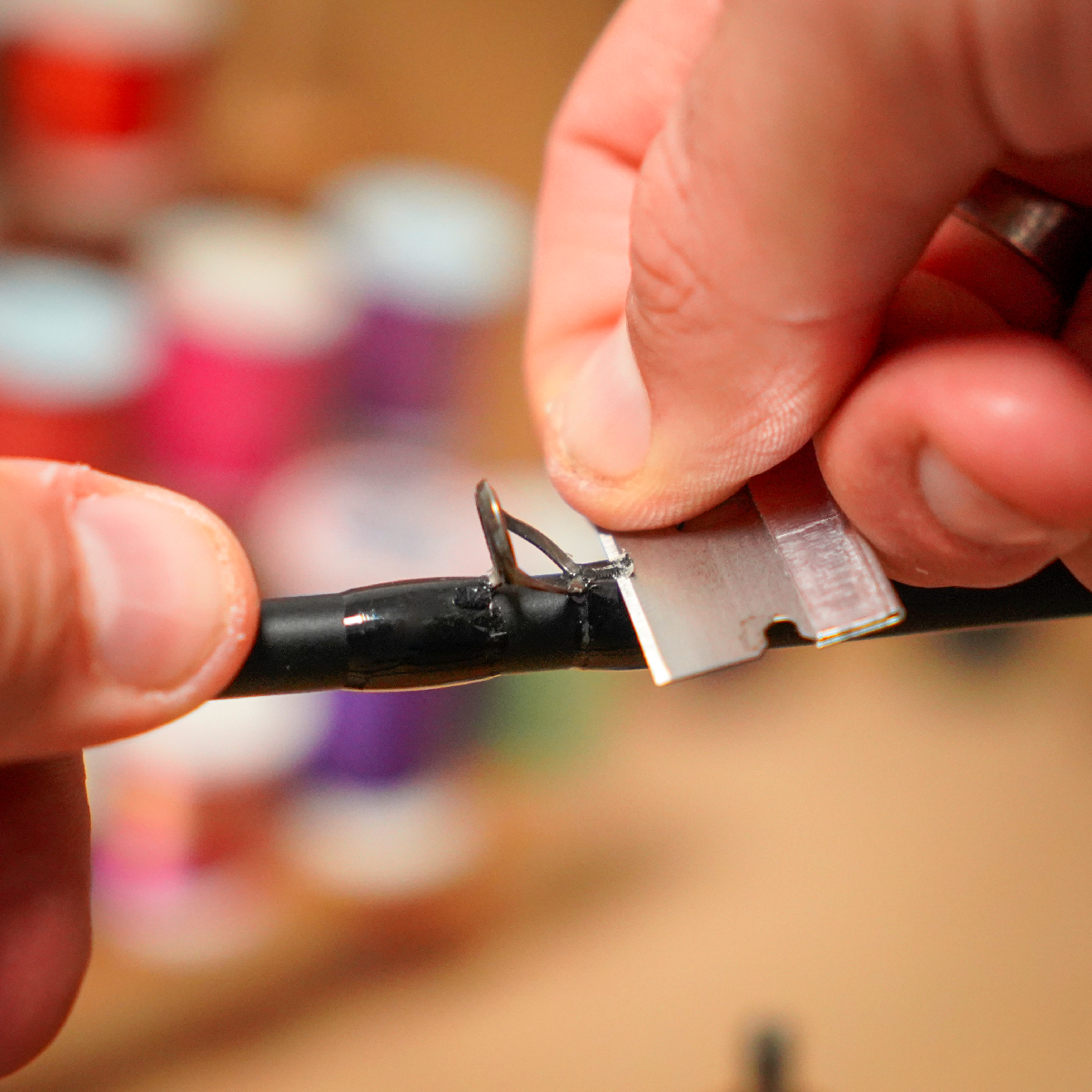
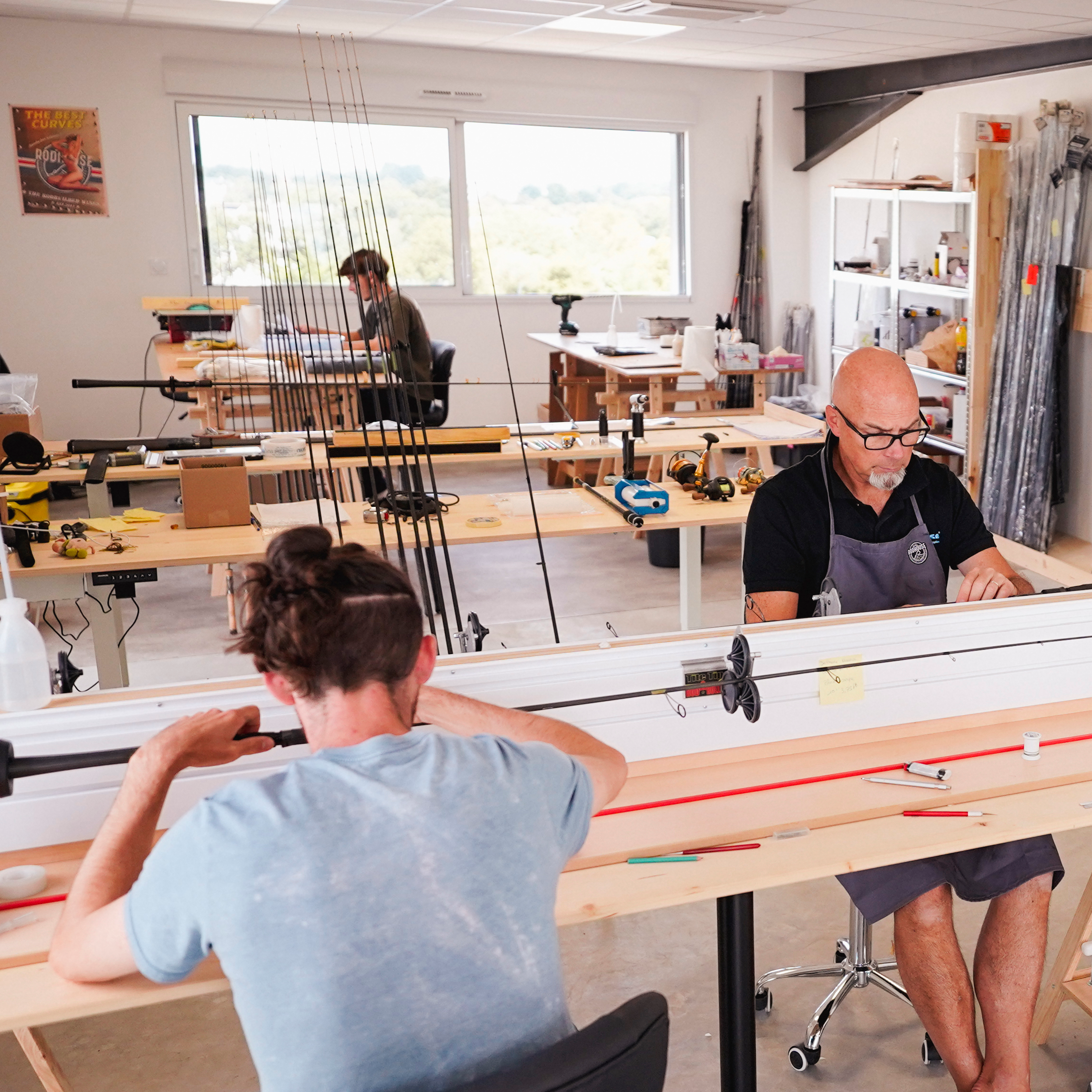
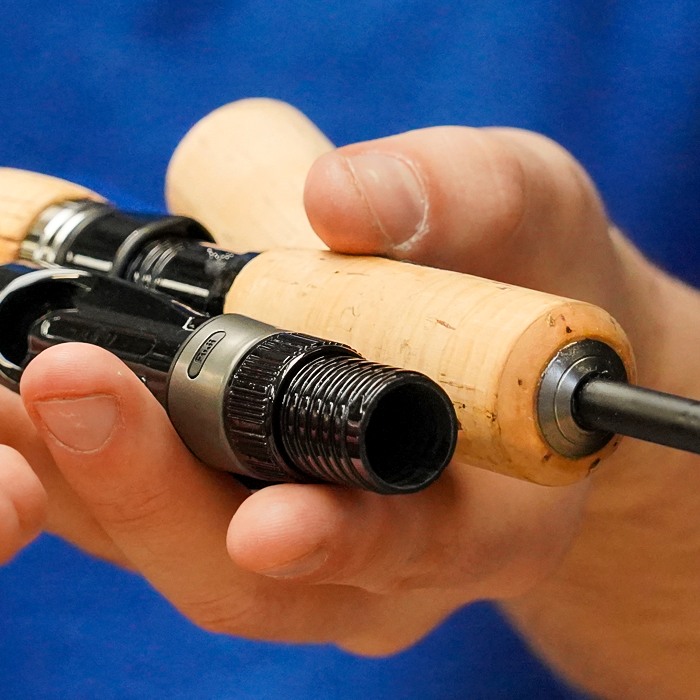
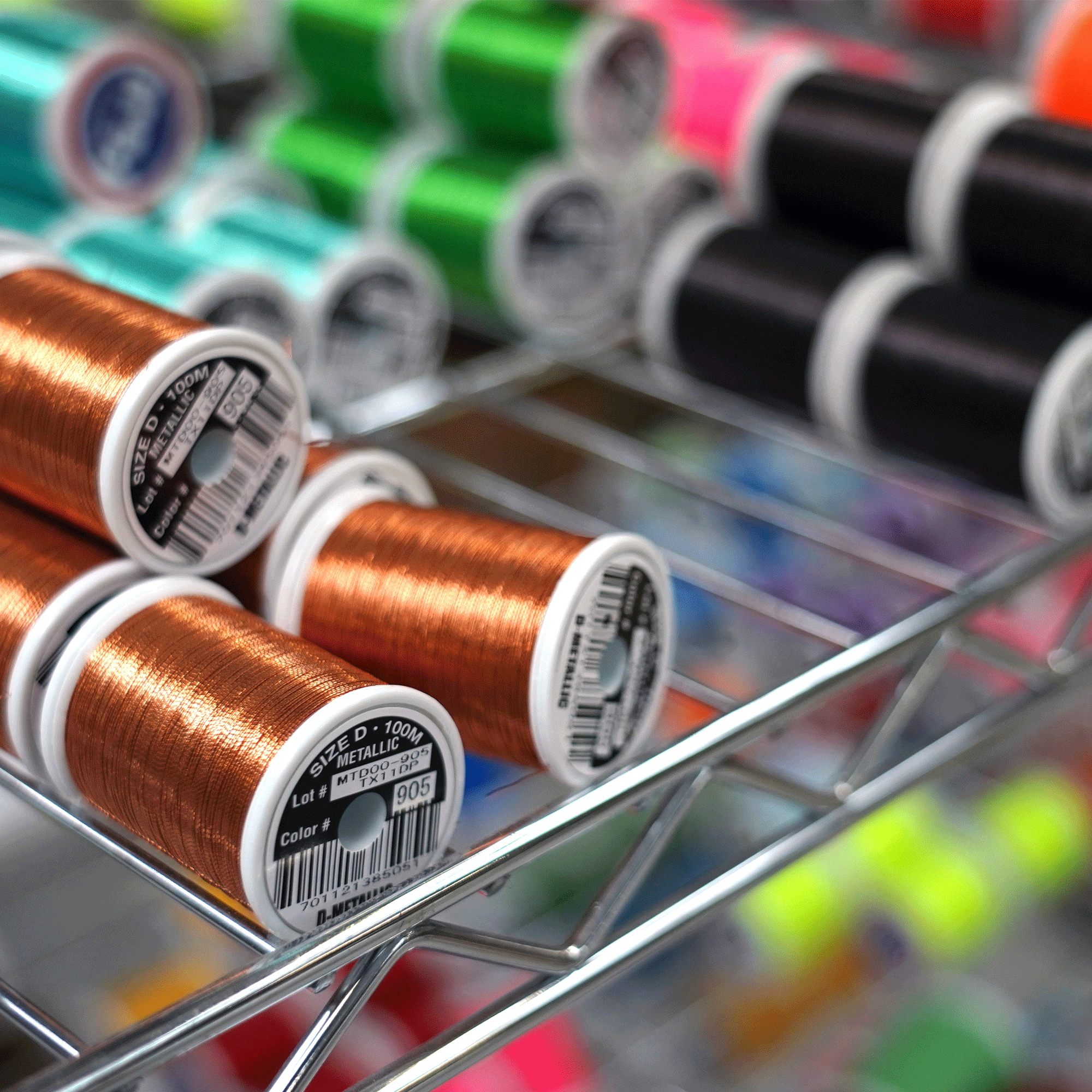

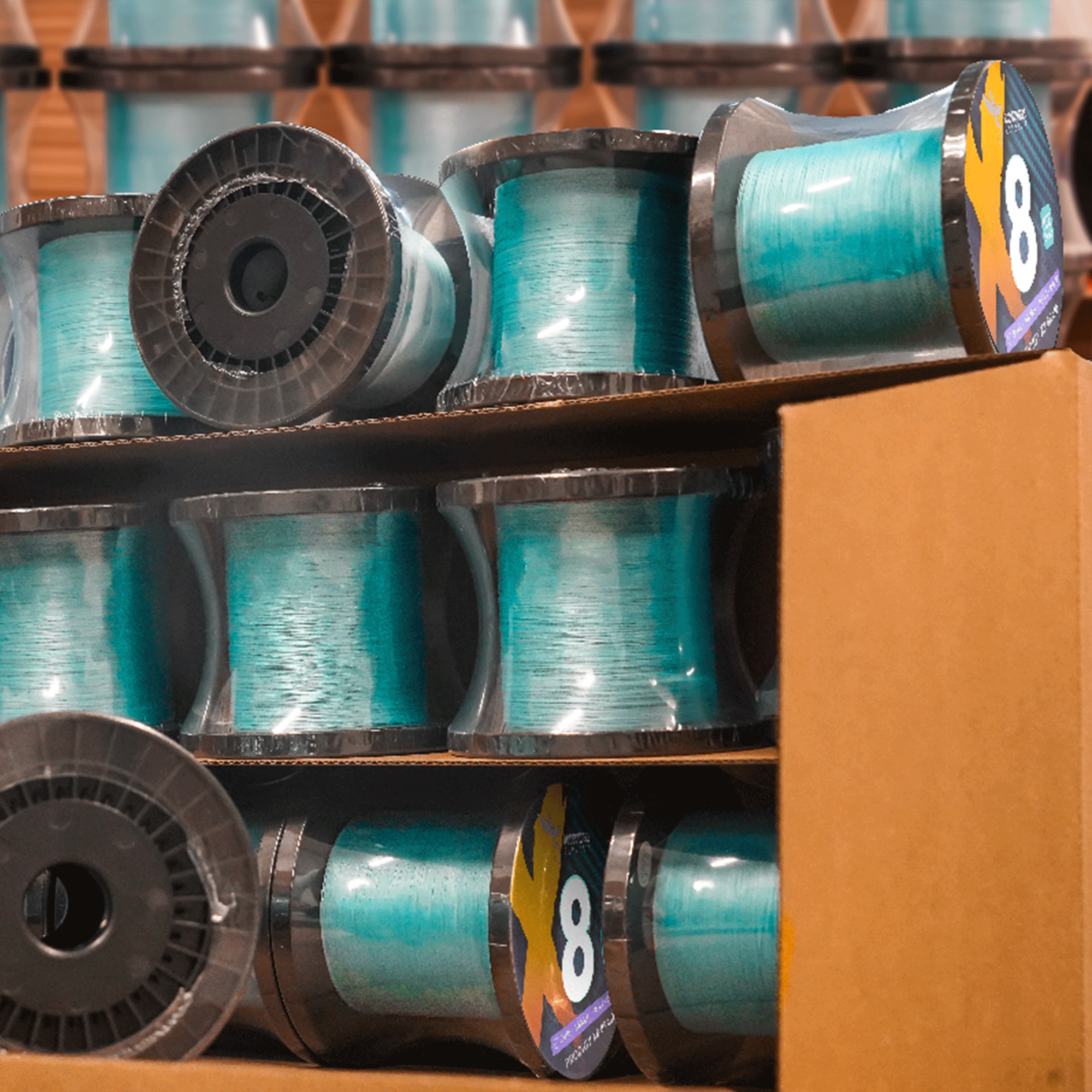
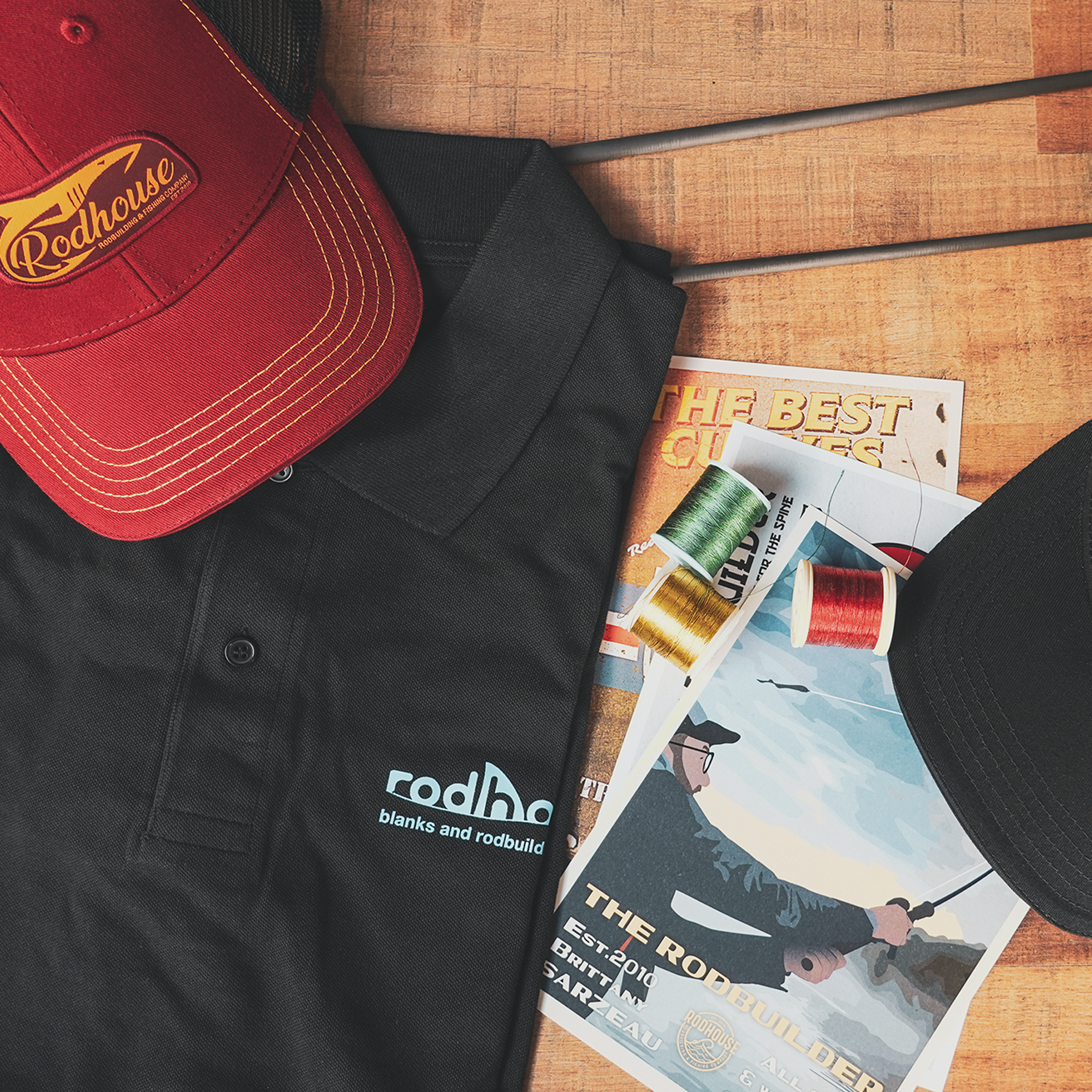

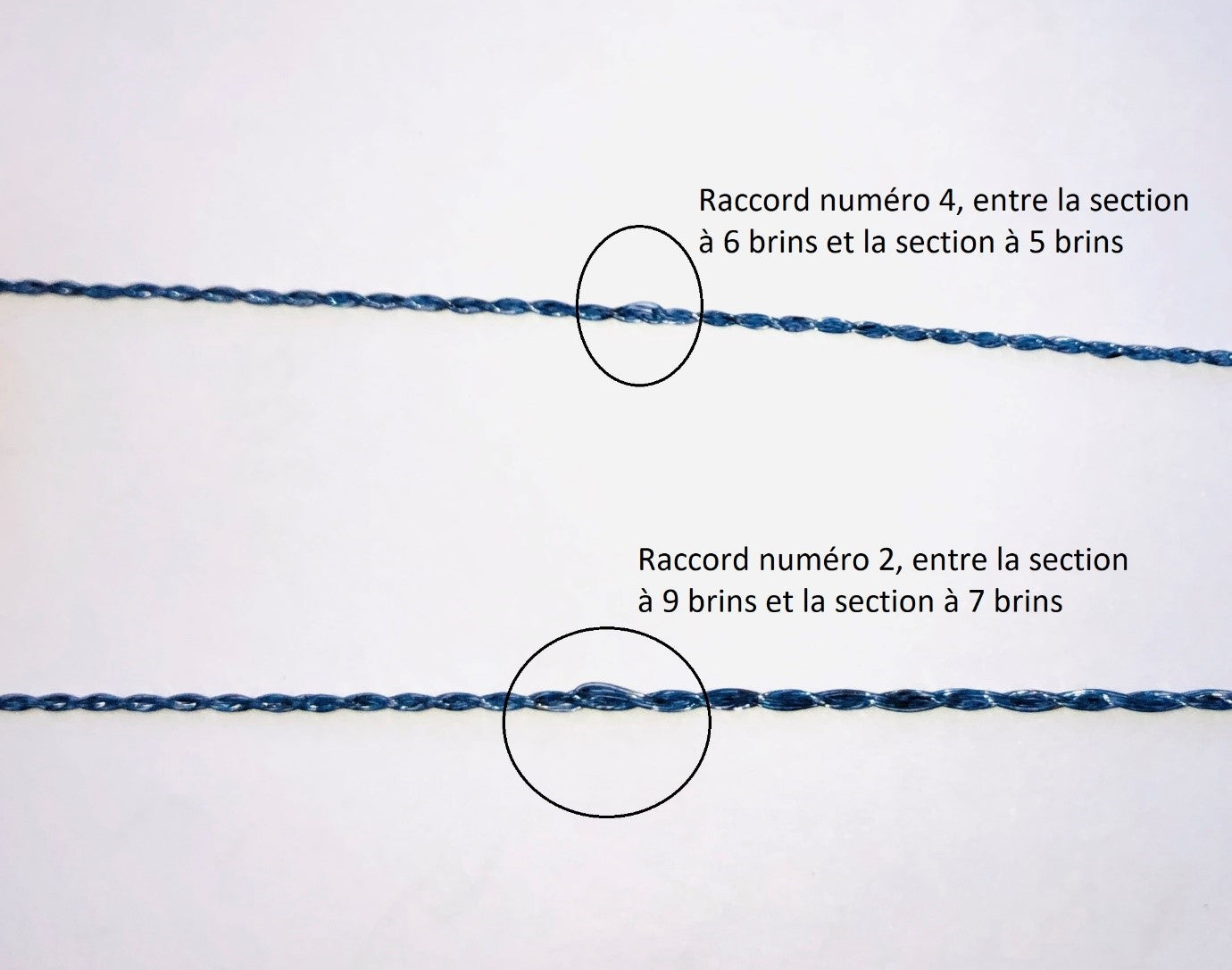

4 comments
Anonymous
Bonjour,
Pourriez vous dire ou se situe le poisson sur la photo car j’ai beau la regarder en zoom et toujours rien de flagrant….
Anonymous
Bonjour,petite information concernant les petits crabes souples,est il possible de connaitre la reference de ce leurre???? merci d avance.
freddy
Anonymous
Bonjour,un superbe poisson avec une photo magnifique.
La partie technique et aussi tres precise,surtout en ce qui concerne l approche et la mise en oeuvre des differentes actions.
cordialement freddy
HENRI
super les photos !
Leave a comment
All comments are moderated before being published.
This site is protected by hCaptcha and the hCaptcha Privacy Policy and Terms of Service apply.